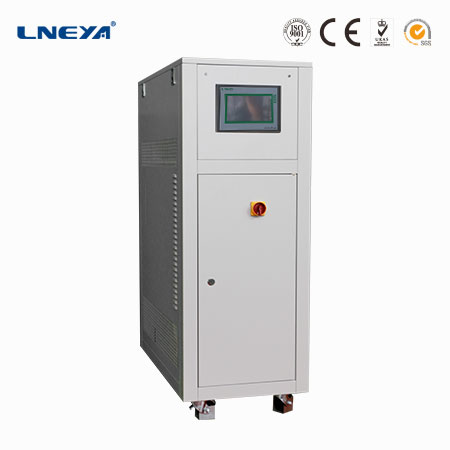Low-temperature coolant circulation pump used with rotary evaporator
The chemical and pharmaceutical fields are the largest end consumer markets for cryogenic coolant circulation pumps. With the increasing demand for low-temperature coolant circulation pumps in this market, the application of cryogenic pumps in the chemical industry is becoming more mature. As a laboratory instrument, cryogenic coolant circulation pumps are indispensable to the laboratory field. It plays an important role in chemical, pharmaceutical and chemical research.

The low-temperature coolant circulation pump can directly cool test tubes, reaction flasks, etc. to carry out chemical reactions at low temperatures, and carry out low-temperature storage of chemicals and biological products. It can also be used in conjunction with rotary evaporators, vacuum freeze-drying boxes, circulating water-type multi-purpose vacuum pumps, etc.
One low temperature coolant circulation pump with two rotary evaporation laboratory cases Note points:
When in use, the actual temperature should not be lower than the minimum temperature. If water is used as the circulating solution, the water inlet pipe cannot be higher than 60 degrees Celsius, but when using absolute ethanol, the water inlet can not be higher than 10 degrees Celsius.

Lneya low-temperature coolant circulation pump adopts international brand compressor, which has small volume and high efficiency. Single compressor can achieve -152°C temperature control. The shell material is cold-rolled steel plate, and the circulating pump with pressure ≤6bar can be customized to make the liquid storage larger capacity according to the needs. Exclusive self-cascade supercooling refrigeration technology, in order to save water resources, can use ethylene glycol-water mixture for circulating refrigeration, strict circulation pipeline design, prevent circulating water pollution, extend the circulating water use time; -125 ° C ~-20 °C Wide temperature range; adjustment unit 0.1 degree. Ambient temperature monitoring function is provided to prevent damage to the system when the ambient temperature is too high.
Recommandations connexes
-
Coopération mondiale contre le COVID-19, LNEYA apporte son soutien dans la mesure de ses moyens
1467Au stade actuel de la transmission du virus, il est impératif d'étudier des médicaments et des vaccins efficaces contre le coronavirus. En tant que fabricant de technologies de contrôle de la température de haute précision, nous pensons qu'il est de notre responsabilité de soutenir le travail de l'équipe...
Voir les détails -
Does the chip lead bonding process require a temperature control system?
871The chip lead bonding process indeed requires precise temperature control, so temperature control systems are usually equipped to ensure process stability and yield. The following are the importance and application scenarios of temperature con...
Voir les détails -
Avantages du réchauffeur d'huile à transfert de chaleur LNEYA
1026Le réchauffeur électrique à huile caloporteuse est un nouveau type de dispositif de conversion de l'énergie thermique qui utilise l'électricité comme source d'énergie et l'huile caloporteuse comme fluide caloporteur. Il peut fournir de l'huile de transfert de chaleur à la pompe de circulation...
Voir les détails -
refroidisseurs hydrauliques refroidisseurs industriels/de laboratoire ?
833Les refroidisseurs hydrauliques ne sont pas directement équivalents aux refroidisseurs industriels ou aux refroidisseurs de laboratoire, mais ils ont une certaine pertinence et des fonctions qui se recoupent. Ce sont tous des dispositifs utilisés pour produire des effets de refroidissement. La principale différence réside dans l'ap...
Voir les détails
 LNEYA Industrial Chillers Fabricant Fournisseur
LNEYA Industrial Chillers Fabricant Fournisseur












